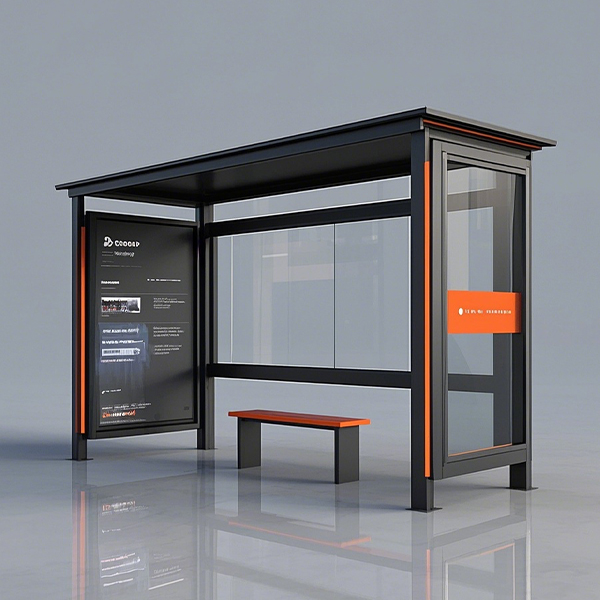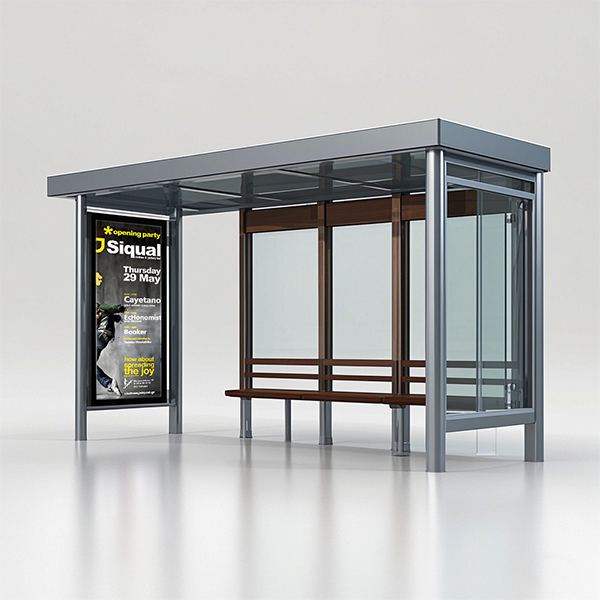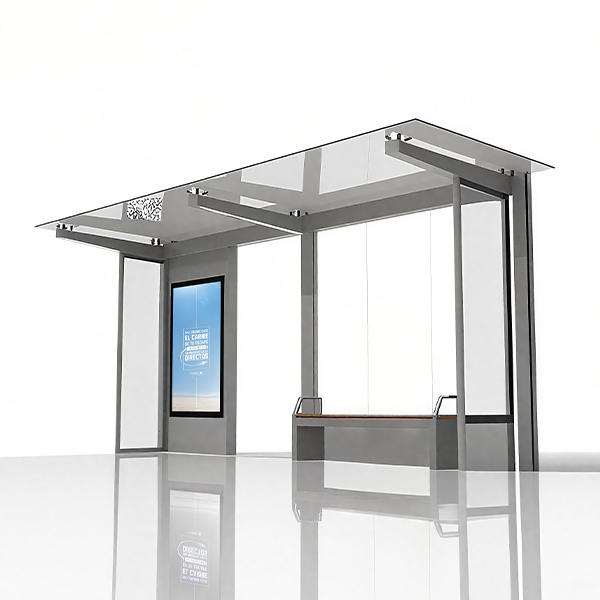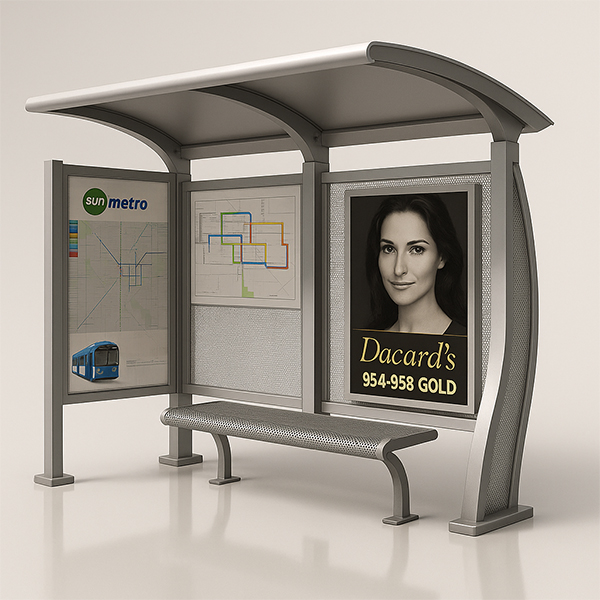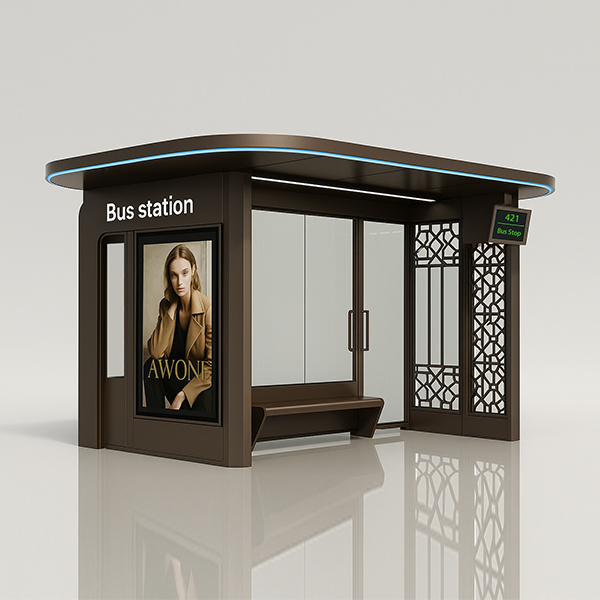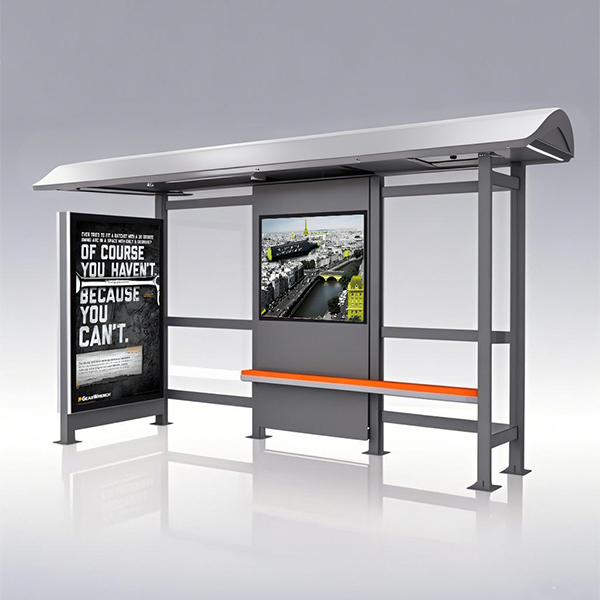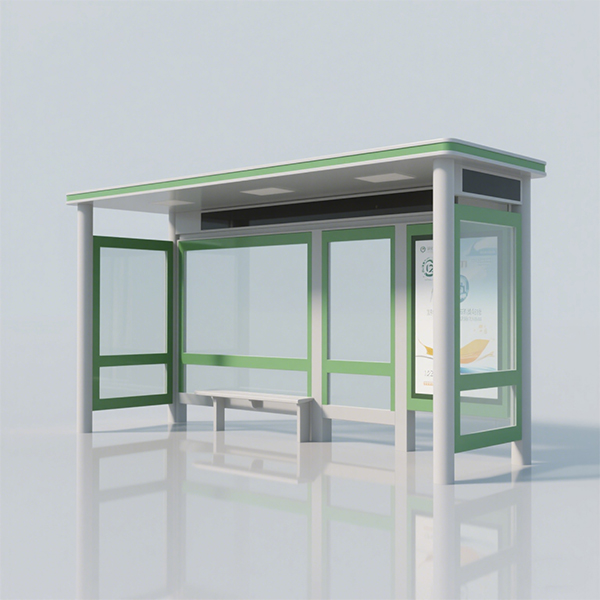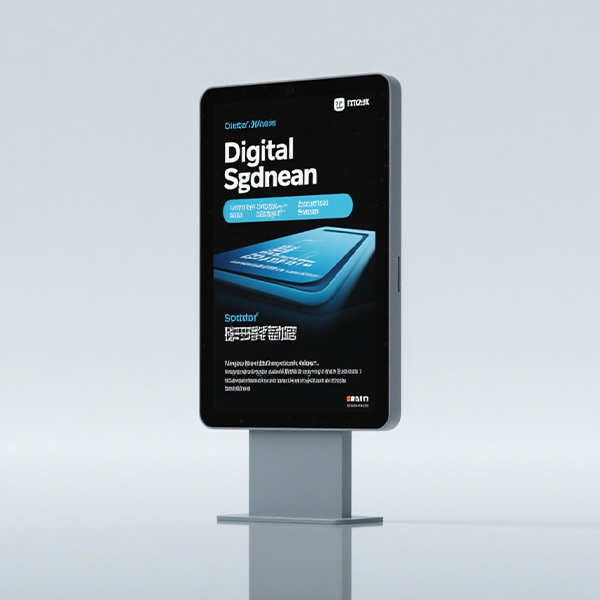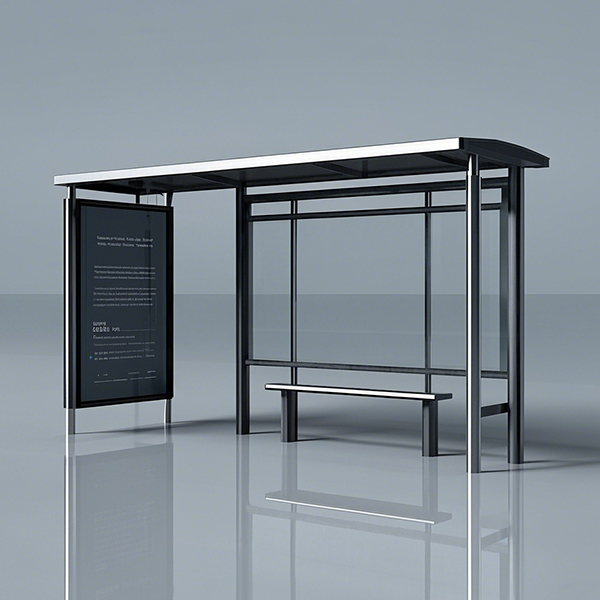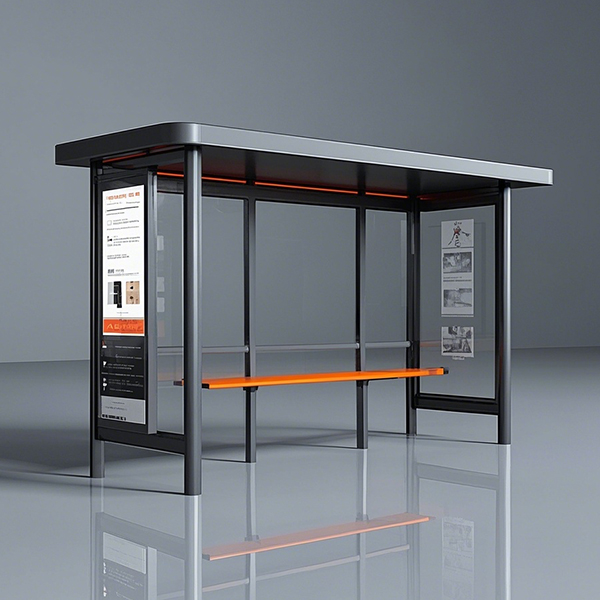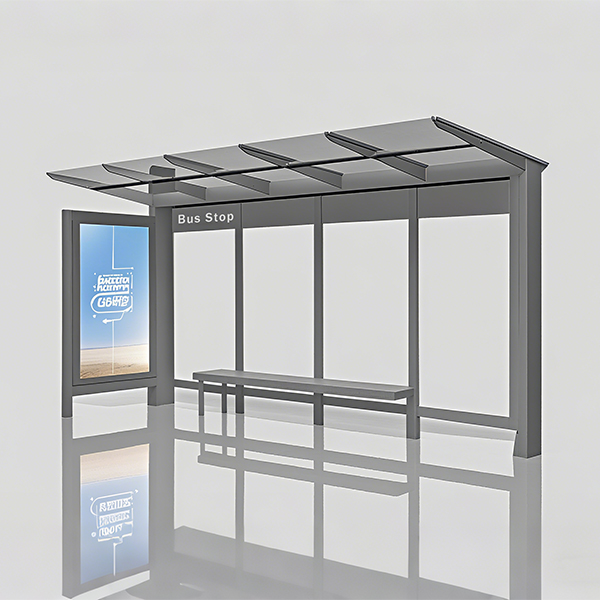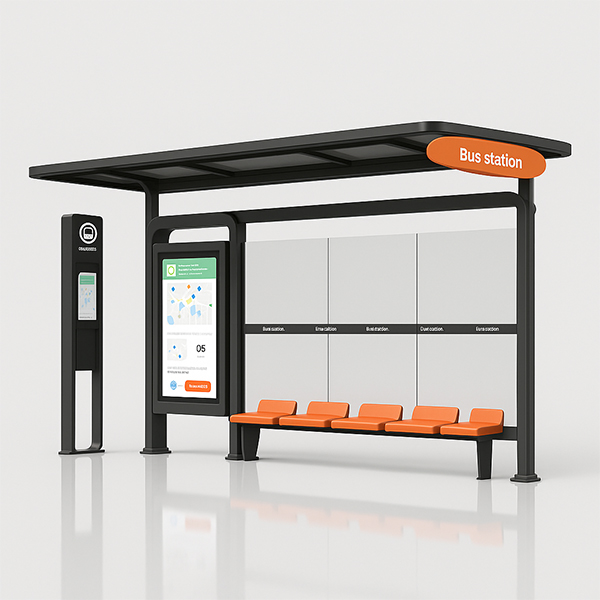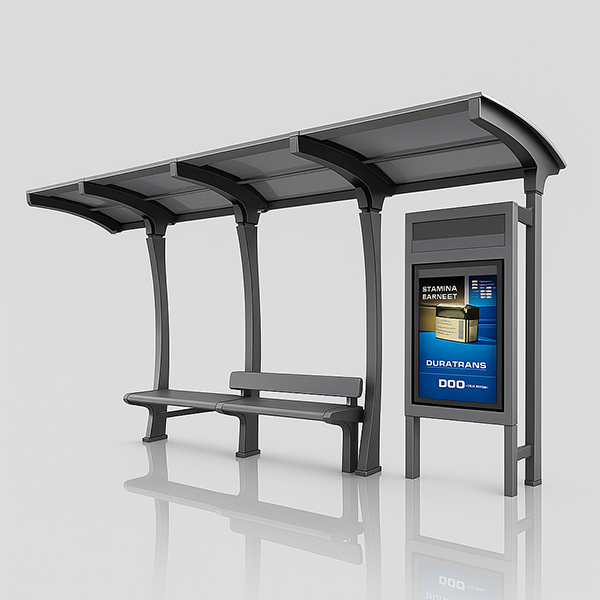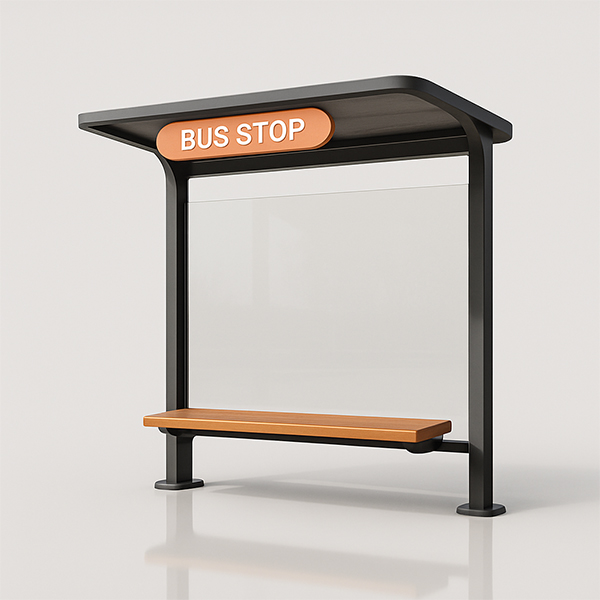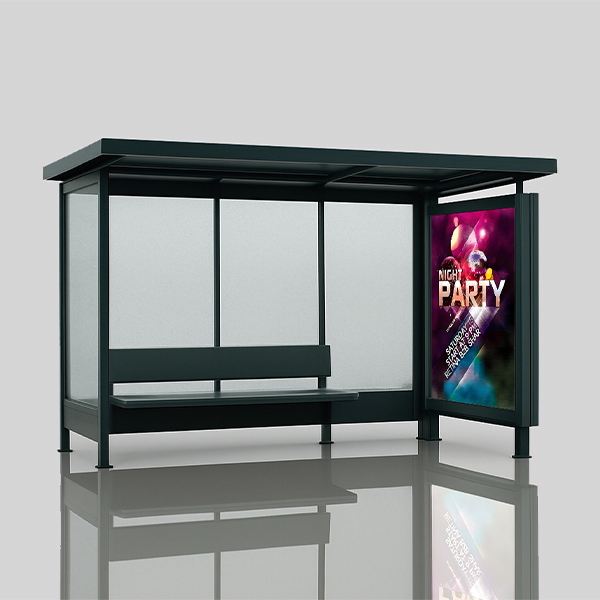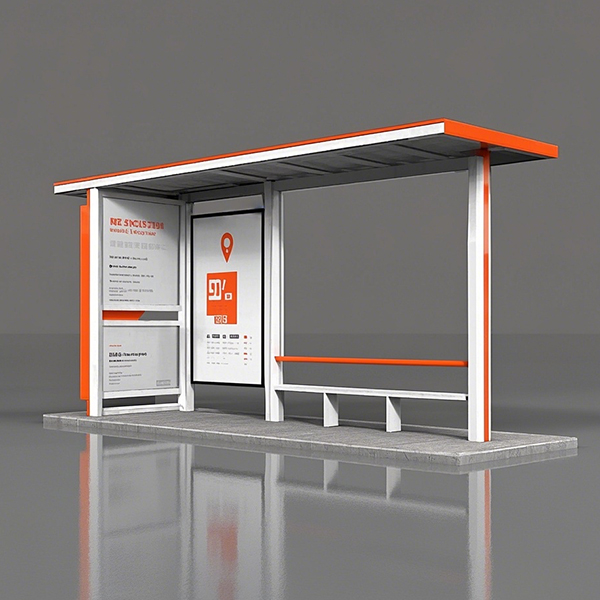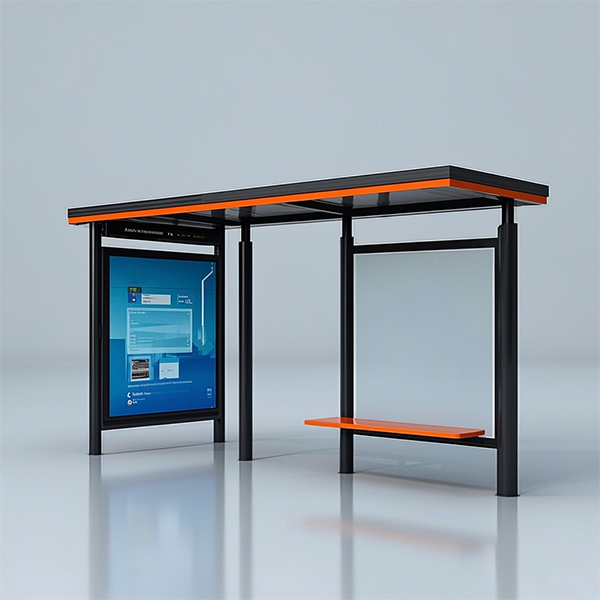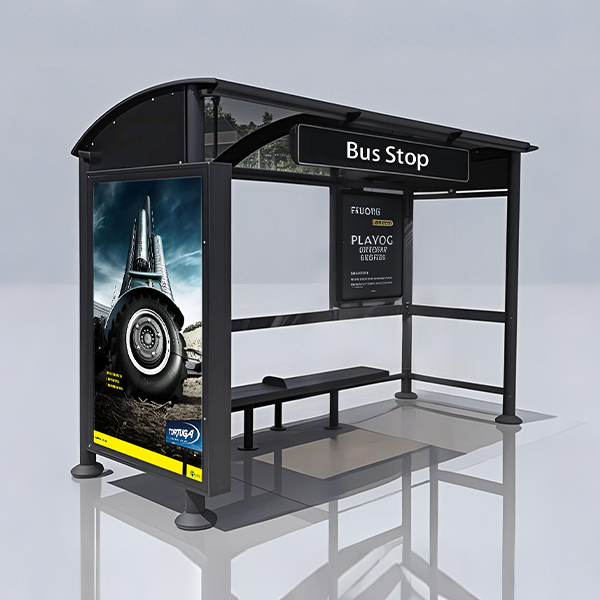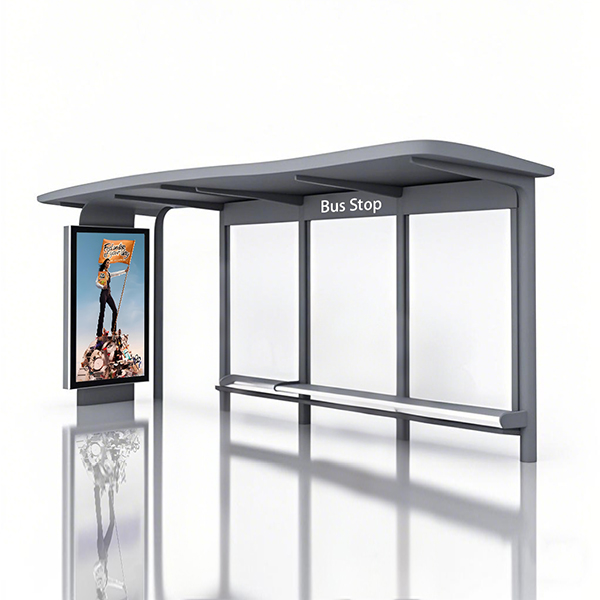
Solar Bus Shelter
Discover the benefits, design considerations, and installation process of solar bus shelters, a sustainable solution for public transportation infrastructure. This guide explores different types, cost factors, and the environmental impact of integrating renewable energy into public spaces. Learn how these innovative shelters improve passenger experience and contribute to a greener future.
What are Solar Bus Shelters?
Solar bus shelters are innovative structures that combine the functionality of a traditional bus shelter with integrated solar panels. These panels harness the sun's energy to generate electricity, which can be used to power various amenities within the shelter, including lighting, USB charging ports, and even Wi-Fi hotspots. This sustainable approach not only provides passengers with a comfortable and technologically advanced waiting experience but also contributes to reducing carbon emissions and promoting renewable energy adoption in public spaces. The implementation of solar bus shelters demonstrates a commitment to environmental responsibility and sustainable urban development.
Benefits of Implementing Solar Bus Shelters
The advantages of installing solar bus shelters extend beyond simply providing shelter from the elements. They offer a multitude of benefits to both commuters and local authorities:
Improved Passenger Experience
Solar bus shelters enhance the passenger experience by providing amenities such as:
- Improved lighting for safer nighttime waiting
- Convenient USB charging ports for mobile devices
- Real-time information displays (potentially powered by the solar energy)
- Comfortable seating and weather protection
Environmental Sustainability
By harnessing solar energy, solar bus shelters contribute significantly to reducing carbon footprints and promoting a greener environment. This aligns with many cities’ sustainability goals and demonstrates a commitment to renewable energy sources.
Cost Savings
While the initial investment might be higher than a traditional bus shelter, solar bus shelters offer long-term cost savings through reduced electricity bills and potential government incentives for renewable energy projects. The return on investment (ROI) can be significant over the shelter's lifespan.
Design and Technological Considerations
The design of a solar bus shelter needs careful consideration to ensure both aesthetic appeal and optimal solar energy generation. Factors to consider include:
Panel Selection and Placement
The type and placement of solar panels are crucial for maximizing energy efficiency. High-efficiency panels should be selected, and their orientation should be optimized to receive maximum sunlight throughout the day. Factors like shading from surrounding buildings and trees must also be taken into account.
Battery Storage
Battery storage systems are essential for storing excess solar energy generated during the day for use at night or during periods of low sunlight. The capacity of the battery system should be sufficient to meet the shelter's energy demands.
Integration with Smart City Infrastructure
Solar bus shelters can be integrated with other smart city technologies such as real-time transit information systems and environmental monitoring sensors. This integration enhances the overall functionality and effectiveness of the shelter.
Cost Analysis of Solar Bus Shelters
The cost of a solar bus shelter varies depending on several factors, including size, features, and the type of solar panels used. It's crucial to obtain detailed quotes from reputable suppliers to accurately assess the cost.
| Feature | Approximate Cost Range (USD) |
|---|---|
| Basic Solar Bus Shelter | $10,000 - $20,000 |
| Advanced Solar Bus Shelter (with multiple features) | $20,000 - $50,000+ |
Note: These are approximate cost ranges and can vary significantly based on location, specifications, and supplier. Always get detailed quotes before making a decision. For more detailed information on pricing and specific models, you might want to consult with specialists in sustainable infrastructure solutions, such as Shandong Luyi Public Facilities Co., Ltd..
Conclusion
Solar bus shelters represent a significant step towards sustainable public transportation infrastructure. By combining functionality, aesthetics, and environmental responsibility, they offer a compelling solution for improving the commuter experience while reducing carbon emissions. The long-term cost benefits and positive environmental impact make them a worthwhile investment for cities committed to a greener future.
Disclaimer: The cost estimates provided are approximate and should be verified with relevant suppliers. This article does not constitute financial advice.
Соответствующая продукция
Соответствующая продукция







